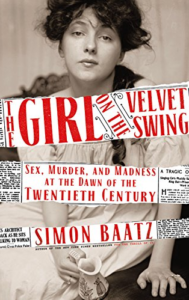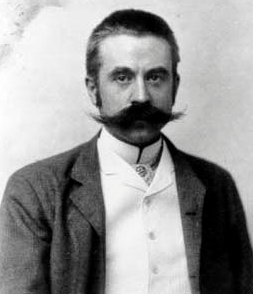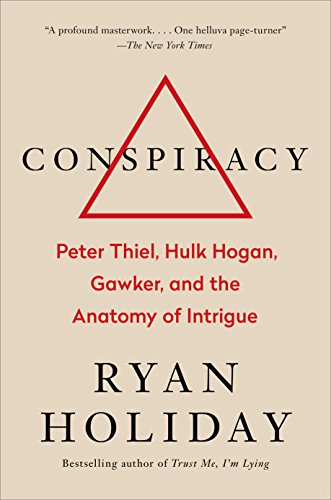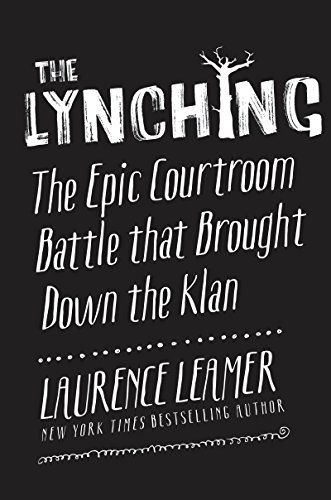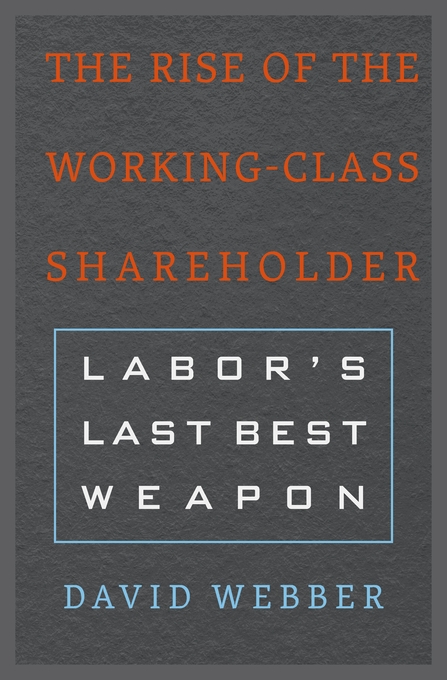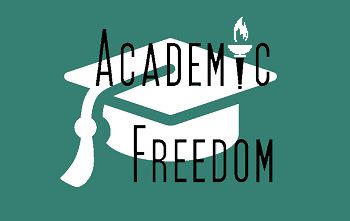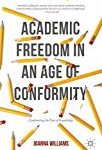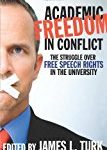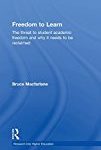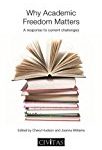“Books are kind of expensive. Do I really need to get this one?” It was the week of orientation and a 1L student, who had stopped by my office with a few questions, pointed to a book on my desk.
The Bluebook.
1Ls ask the darndest questions. The first thing that came to mind was to recite a long, prepared speech I had made many times before in class about the importance of standardized legal citation, and helping others find sources efficiently and accurately. My next thought was to tell the student a few choice quotes about The Bluebook from Goodreads.
Wait a minute. Goodreads? You turn to Goodreads when BookTok recommends Ali Hazelwood’s vampyre-werewolf novel, and you wonder if it measures up to her STEMinist titles. But for law school textbooks?
Well, it turns out there are plenty of reviews of popular legal textbooks on Goodreads.
Some students loved Civil Procedure (Glannon et al.): “So clear and well written. Would honestly read again.”
Others were baffled by Criminal Law and Its Processes (Kadish et al.) and perhaps by some aspects of legal education: “this textbook felt like playing where’s waldo for every criminal law concept….like just tell us?”
Yet others took the practical and likely still ethical approach to Ethical Problems in the Practice of Law (Lerman et al.): “If I had to read a whole textbook about legal ethics, I’m FOR SURE going to count it in my Goodreads goal. 😤😤”
When it comes to The Bluebook, there’s plenty of love from some quarters:
- “It is well-organized, gives good examples and some of the examples are actually funny (e.g. Pink Cadillac).”
- “Okay, so I do like the Bluebook and I actually LOVE citations. I can’t help myself! I am a meticulous person who likes to have certain things follow a certain order.”
- “Yes, I am a nerd, but I LOVE the Bluebook.”
Along with a bit of confusion when it comes to the recurring characters: “Like literally what is the deal with Id.? He’s everywhere and way too easy – totally seems like a player.”
And it wouldn’t be law school without detractors, but even those reviewers often recognize the important role the Bluebook plays in legal education and beyond: “A necessary evil, it is the only book to which I have feelings of resentment. However, it is helpful and organized fairly well, I couldn’t have got through law school without it!”
In the end, I responded to the student with a pared-down version of the speech about becoming proficient in legal citation, and the importance of helping readers accurately identify sources and find them quickly. I emphasized that the Bluebook is used heavily in the 1L Gateway classes, and throughout one’s legal education at BLS. I didn’t cite any of the Goodreads quotes, though I may have paraphrased that last one about needing the Bluebook to get through law school.
I also told the student that while they should procure their own copy, BLS Library does have several copies of the Bluebook on Reserve. These copies can be borrowed for two hours at a time from the Circulation Desk, and while they will not substitute for a personal copy, they can be used in a pinch.
After we had chatted on the topic for several minutes, the student was convinced to get their own print copy. Who knows, maybe one day they will leave a review for The Bluebook on Goodreads?


